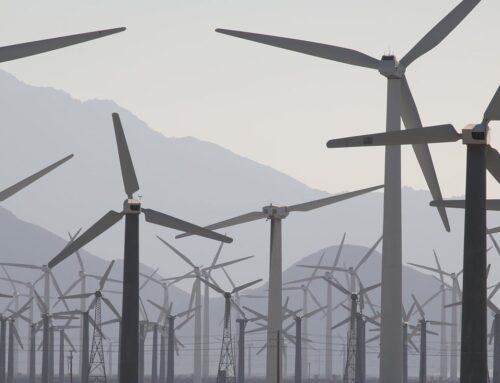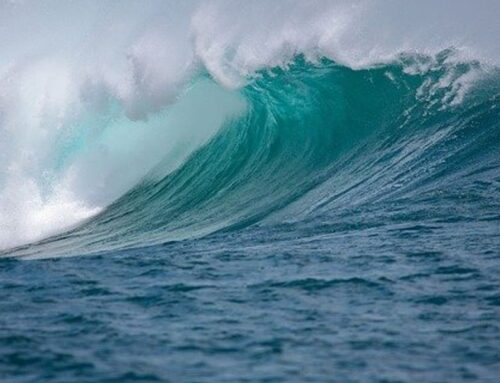CA environment
January 1, 2025
Topline:
California strived to maintain its environmental leadership in 2024, with voters approving a $10 billion environmental bond and the state advancing its renewable energy goals — all while navigating a major budget deficit.
Voters weighed in: Voters approved Proposition 4, a $10 billion bond that will fund projects across the state that aim to safeguard drinking water, combat wildfires, protect natural lands and improve resilience against floods and extreme heat.
Energy milestone: California hit a milestone this year: 100 days with 100% carbon-free, renewable electricity for at least a part of each day. The California Energy Commission approved a sweeping plan to develop the state’s floating offshore wind industry in ocean waters — a first-of-its-kind effort that will require billions in investment and could transform parts of the coast.
CA and the Colorado River: Managing California’s valuable water resources proved fraught in 2024 again. Colorado River basin states remained at odds over how to manage their unstable supply. In March, California, Arizona and Nevada agreed to major cuts, but the federal government delayed a key environmental review, punting the problem to the incoming Trump administration.
California strived to maintain its environmental leadership in 2024, with voters approving a $10 billion environmental bond and the state advancing its renewable energy goals — all while navigating a major budget deficit.
The Legislature approved only a few new major environmental policies as the deficit left environmental groups and renewable energy advocates clamoring for increased spending. Gov. Gavin Newsom and the Legislature scaled back their “California Climate Commitment” spending package to $44.6 billion from $54.3 billion.
Voters approved Proposition 4, a $10 billion bond that will fund projects across the state that aim to safeguard drinking water, combat wildfires, protect natural lands and improve resilience against floods and extreme heat.
On the clean energy front, the state hit a milestone this year: 100 days with 100% carbon-free, renewable electricity for at least a part of each day. The California Energy Commission approved a sweeping plan to develop the state’s floating offshore wind industry in ocean waters — a first-of-its-kind effort that will require billions in investment and could transform parts of the coast.
Elsewhere, in an effort to reduce greenhouse gases yet keep the oil industry alive, Kern County approved a project by the state’s largest oil and gas producer to capture millions of tons of carbon dioxide and inject it into the ground. It’s the first attempt in California to capture and bury climate-warming greenhouse gases.
Newsom continued his advocacy against fossil fuel companies. He declared a special session aimed at reducing gas prices, though a month later, the California Air Resources Board approved a highly controversial overhaul of a climate program, the Low Carbon Fuel Standard, that likely will raise gas prices.
Managing California’s valuable water resources proved fraught in 2024 again. Colorado River basin states remained at odds over how to manage their unstable supply. In March, California, Arizona and Nevada agreed to major cuts, but the federal government delayed a key environmental review, punting the problem to the incoming Trump administration.
And a judge blocked the state’s first attempt to enforce California’s landmark regulation aimed at ending the overpumping of groundwater. That case, involving growers in the San Joaquin Valley’s King County, resumes in January.
Low salmon numbers led to a second consecutive closure of the fishing season in California, with a third-year cancellation looking possible. State officials also gave protected status to the declining white sturgeon while federal officials listed the longfin smelt as an endangered species — likely to impact Delta water operations for years.
The state notched its hottest summer on record, including a record July heatwave and an unusually late October broiler. Despite starting out ominously with the huge, out-of-control Park Fire in July, California wound up with a below-average wildfire year — although more than a million acres still burned.
Donald Trump’s election victory has alarmed state officials and environmentalists while the budget troubles will continue to make spending on climate and water initiatives a challenge.
California’s major water systems, its power to regulate vehicle emissions, federal backing of offshore wind projects and wildfire disaster aid all hinge on cooperation with the incoming Trump administration. At the same time, costs of state policies, such as the impact of utility wildfire prevention projects on power bills, for everyday Californians are increasingly concerning state lawmakers.
The Trump administration is likely to challenge California’s car and truck emission standards aimed at reducing pollution. Farmers and urban water districts anticipate relaxation of environmental restrictions on Delta water exports.
More milestones will be reached toward building the costly and controversial Sites Reservoir and the governor’s Delta tunnel proposal. In the Klamath River basin, 2025 could bring a resurgence of salmon following the largest dam removal project in history — what’s been a historic win for the basin’s tribes.
Search
RECENT PRESS RELEASES
Related Post




